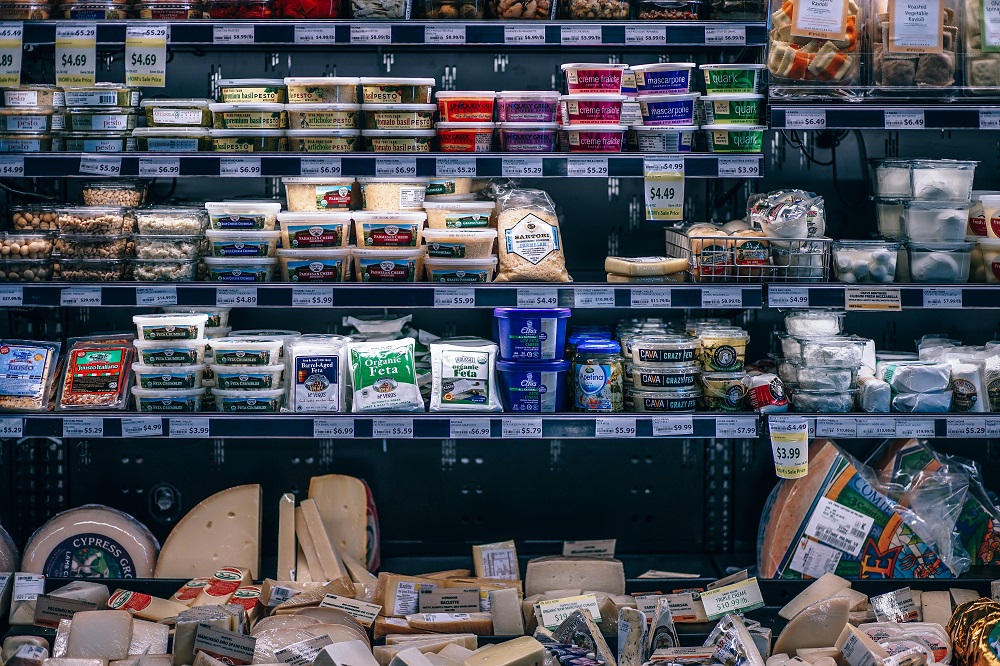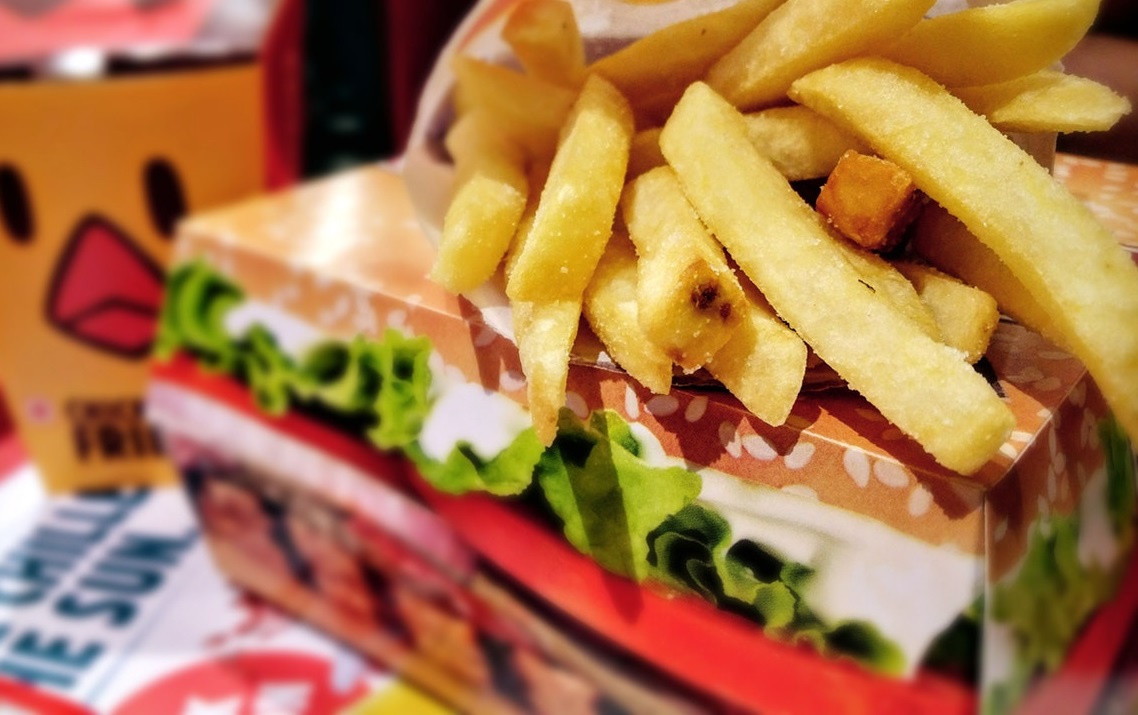What are Food Preservatives?
By on Feb 28th 2019
Food preservation is one of humankind’s oldest technologies and has always been a means for survival. Historically, cultures dried, salted, and even froze their food to keep it usable when the food was out of season or during times of shortages. Preparedness and food preservation went hand-in-hand when it came to survival.
Today, we have more means of preservation than ever before. And while it may not seem as much a matter of life or death, preservatives continue to play an important role in keeping modern foods fresh and fit for human consumption. They can be found in everything from salad dressings and cheeses to cured meats and beer.
How do food preservatives work?
You know that preservatives preserve food products, but what is it that they actually do? Essentially, food preservatives prevent the deterioration of food. They may provide protection against the formation of yeast, mold, and other dangerous microorganisms such as botulism. By preventing deterioration of quality and protecting against spoilage, preservatives, by extension, also help to reduce food costs, lengthen shelf-life, and reduce waste. Additionally, they improve the overall convenience of food shopping, especially for those living in food deserts.
There are two methods of food preservation: physical and chemical. Physical preservation refers to processes such as refrigeration, freezing, or dehydrating. Chemical preservation, on the other hand, refers to “direct additives,” or added ingredients to prevent undesirable changes to the product. Depending on the food and the additives used, these preservatives may prevent oxidation, rancidity, microbial growth, and/or other undesirable changes.

The FDA does not currently distinguish between natural preservatives (such as salt or sugar) and artificial ones. No matter the source, they are considered chemical preservatives.
Did you know that many of the most common preservatives are naturally-occurring? Food and beverage manufacturers may choose to use natural preservatives or their synthetic equivalents. For example, ascorbic acid (also known as vitamin C) may be derived from oranges and other citrus fruit or produced in a laboratory.
Types of food preservatives
Chemical preservatives can be grouped into three general groups: antimicrobials that prevent the growth of bacteria, molds or yeasts; antioxidants that inhibit the oxidation of fats and lipids that leads to rancidity and chelating agents that bind to metal ions. There are also additives that fight the enzymes which promote fruit and vegetable ripening after they are picked.
Types of antimicrobial agents
- Benzoates (such as sodium benzoate)
- Sorbates (including sorbic acid, calcium sorbate, potassium sorbate, and sodium sorbate)
- Propionates (like calcium propionate)
- Nitrites (ex. sodium nitrite)
Types of antioxidants to prevent oxidation
- Sulfites (including sodium sulfite, potassium bisulfite, etc.)
- Vitamin C (Tocopherol)
- Vitamin C (ascorbic acid)
- Butylated hydroxyanisole (BHA)
- Butylated hydroxytoulene (BHT)
Types of chelating agents
- Ethylenediaminetetraacetic acid (EDTA, ex. Trilon CA)
- Polyphosphates
- Citric acid

Safety and regulatory oversight
Whenever preservatives are added to foods, manufacturers must declare their presence of the food labels using the ingredients’ common names (when applicable). Additionally, ingredients added for preservation must either be identified as a preservative or its specific function must be listed (ex. “BHT added to preserve freshness”).
The FDA has jurisdiction over all preservative regulation. The Food Safety and inspection Service shares responsibility when it comes to food additives and preservatives used in meat, poultry, and egg products.
According to the FDA, preservatives are generally recognized as safe (GRAS) when used in allowable quantities. When a manufacturer wants to market a food additive, they must petition the FDA for approval and must provide evidence that the substance is safe for the ways in which it will be used. When an additive is GRAS, it means that experts generally recognize them as safe based on their extensive history of use in food before 1958 or based on published scientific evidence.
Resources:
American Chemical Society. (2002, November 13). Focusing On Preservatives: How They Keep Food Fresh. ScienceDaily. Retrieved February 22, 2019 from www.sciencedaily.com/releases/2002/11/02111307082...
https://www.fda.gov/food/ingredientspackaginglabeling/ucm094211.htm






